
10 Foods to Effectively Lower Bloo.d Sugar After a Meal
Managing blood sugar levels is a key aspect of maintaining long-term health, especially when it comes to preventing conditions like diabetes. While there is no "magic" food that can completely control blood sugar, a balanced diet is crucial. Combining fiber, protein, and healthy fats helps stabilize blood sugar, preventing sharp spikes and reducing cravings.
According to nutrition expert Jamie Johnson from the Verywell Health Medical Expert Council, “To prevent blood sugar fluctuations, combine proteins like eggs, fish, or Greek yogurt with fiber-rich foods and healthy fats."
Here are 10 foods that have been researched and shown to help regulate blood sugar levels after meals:
1. Almonds
Rich in healthy fats, almonds help reduce insulin resistance. Studies have shown that consuming 15 almonds before a meal can lower blood sugar levels after eating.
2. Apples
Apples have a low glycemic index and can help regulate blood sugar, especially in those at risk of prediabetes. Eating an apple before meals helps control blood sugar levels.
3. Chickpeas
Chickpeas are high in protein and can reduce blood sugar spikes. Research shows that including more chickpeas in your diet helps manage type 2 diabetes.
4. Air-Popped Popcorn
As a whole grain without added oil, air-popped popcorn is a healthier alternative to white rice or white bread. It can help lower blood sugar levels after meals.
5. Boiled Eggs
Eggs are rich in protein and low in carbohydrates. Eating one boiled egg a day can reduce the risk of developing type 2 diabetes.
6. Chia Seeds
High in fiber and omega-3 fatty acids, chia seeds help reduce blood sugar after meals and keep you feeling full for longer.
7. Berries (Strawberries, Raspberries)
Berries are packed with antioxidants, which help control blood sugar in those with prediabetes and overweight conditions.
8. Edamame (Japanese Soybeans)
Rich in isoflavones, edamame supports reduced inflammation and improved insulin sensitivity, helping regulate blood sugar levels.
9. Olives
Olives have a low glycemic index. The healthy fats in olives slow down carbohydrate absorption, helping maintain stable blood sugar levels.
10. Greek Yogurt
Greek yogurt is high in protein and low in sugar. Eating Greek yogurt 3 times a week helps lower the risk of developing type 2 diabetes.
Lifestyle Changes to Complement Your Diet

In addition to choosing the right foods, lifestyle habits play a significant role in managing blood sugar levels. Nutrition expert Cristina Mutchler stresses, “A balanced diet combined with regular exercise, stress management, and monitoring blood sugar will help maintain long-term health.” Here are a few lifestyle tips for better blood sugar control:
-
Eat on time: Avoid skipping meals to maintain consistent energy and stable blood sugar.
-
Limit refined carbohydrates: Increase fiber intake with whole grains and vegetables.
-
Exercise regularly: This helps improve insulin sensitivity and blood sugar management.
-
Manage stress: Reducing stress is key to maintaining healthy blood sugar levels.
-
Get enough sleep: Aim for a consistent sleep schedule to regulate hormones that control blood sugar.
-
Monitor your blood sugar levels: Track your blood sugar levels regularly to make necessary adjustments to your diet.
Conclusion: A Balanced Diet for Stable Blood Sugar
Stabilizing blood sugar levels doesn’t only depend on medications. By incorporating foods like almonds, apples, chia seeds, berries, and Greek yogurt into your daily meals, you can make significant strides toward maintaining healthy blood sugar levels. Coupled with a balanced lifestyle that includes regular exercise, stress management, and adequate sleep, these small dietary changes can have a big impact on your health.
News in the same category


5 Common Breakfast Mistakes That Quietly Cause Weight Gain After 40

The Type of Meat That Spikes Ur.ic Ac.id and Accelerates Kid.ney Failure

Protect your kidneys - choose your drinks wisely! Avoid these 4 ha.rmful beverages and hydrate the right way

Reason people get strange white bumps on their lips or private parts

10 signs you’re living with clogged arteries

Doctors Warn That Unusual Odors in 3 Body Areas May Signal Liv.er Damage

If Your Legs Cramp at Night You Need to Know This Immediately

I sneezed 4-5 times yesterday and then felt something tickling my throat

Why Do Your Hands and Feet Itch Like Crazy Every Winter?

A Vegetable Once Fed to Pigs Is Now a “Can.cer-Fighting Superfood” Sold at Sky-High Prices Worldwide
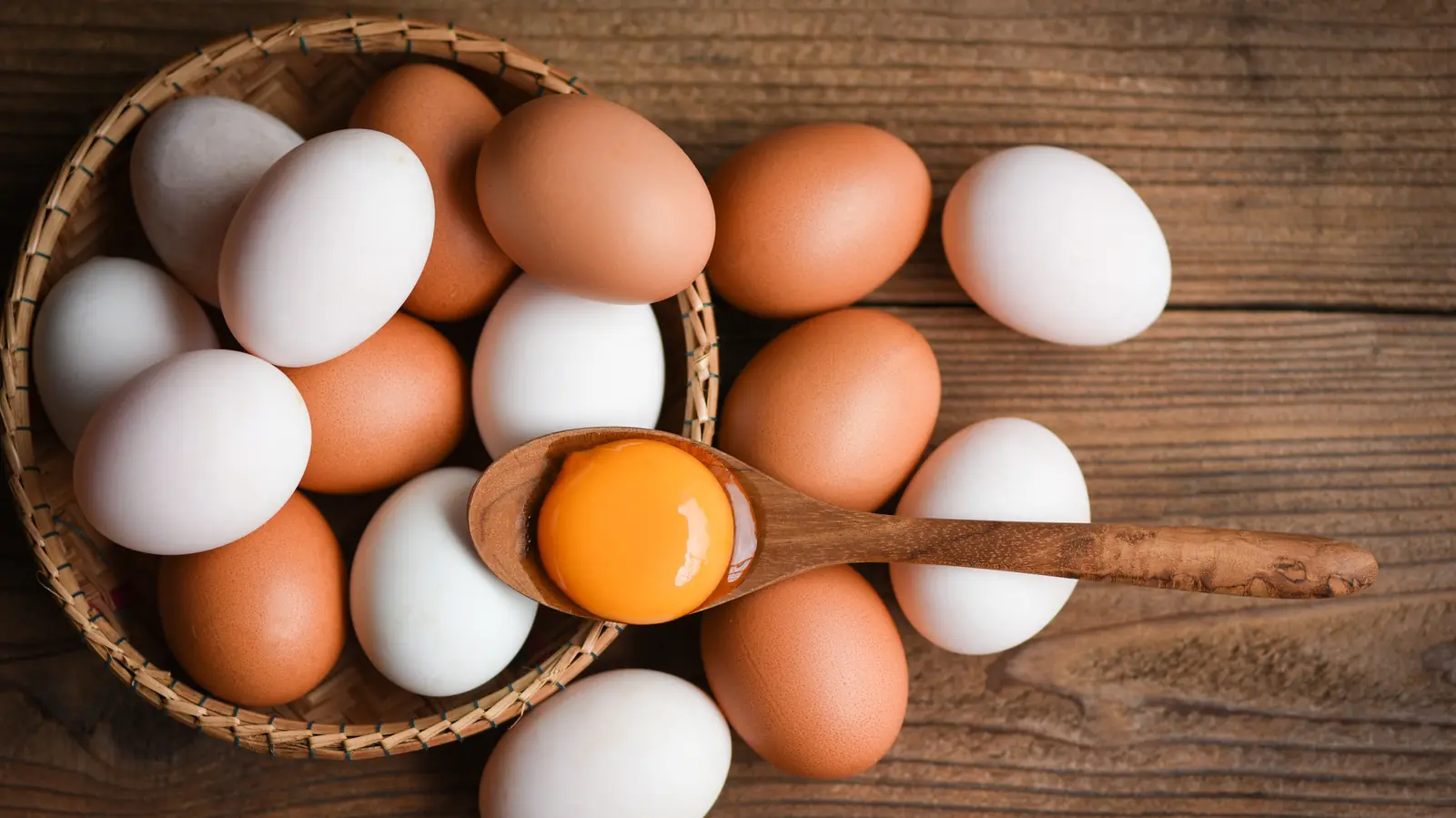
8 Hidden Egg Dang.ers Your Body Is Begging You to Notice — Before It’s Too Late

Indian Borage: The Miracle Leaf That Heals Lu.ngs, Skin, Gut, and Soul

The Morning Elixir That Transforms Your Health in One Sip: The Ancient Garlic Ritual Modern Science

Coconut Water Secrets: The Hydration Miracle You’re Drinking Wrong
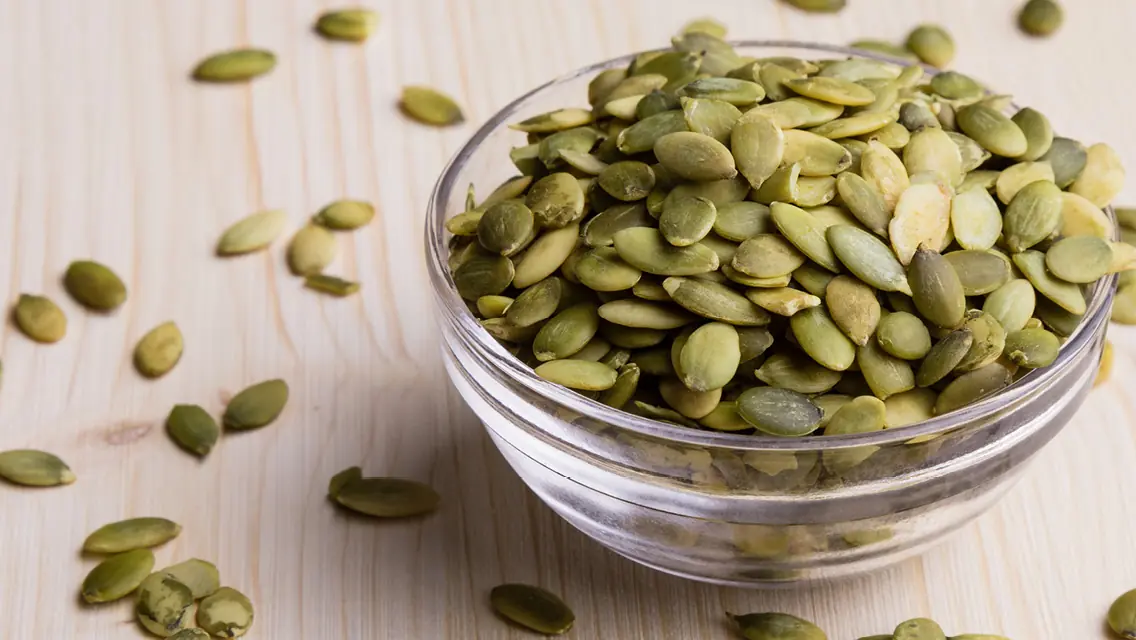
Unlock Prostate Power: The Unexpected Superfood Every Man Over 40 Should Be Eating Daily

Is Your Cooking Oil Secretly Raising Your Ri.sk of Co.lon Can.cer?

10 Superfoods That Can Help Your Body Fight Can.cer

Just 1 OREGANO leaf a day and you will be pain free
News Post

The Secret Language Between Flight Attendants and Pilots That Most Passengers Don’t Understand
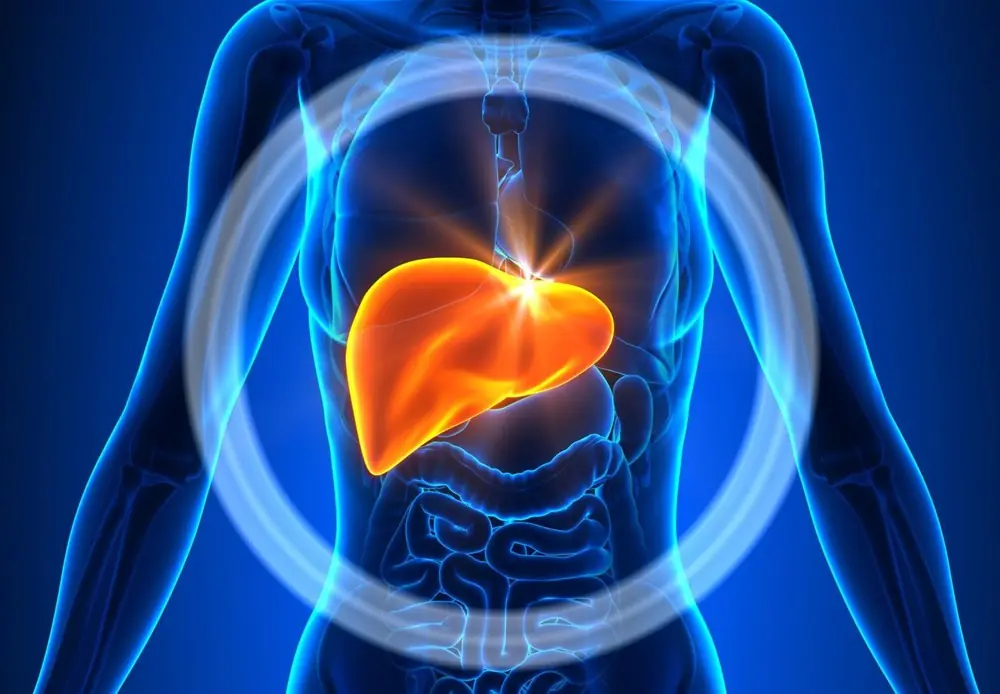
5 Simple Habits to Protect Your Liv.er and Boost Your Health After 40

Is Drinking Lemon Water Good or Bad for Your Kid.neys?

How Black Tea Can Help Lower Ur.ic Ac.id and Protect Your Kid.neys

Eat These 10 Superfoods to Speed Up Can.cer Recovery and Prevent Recurrence!
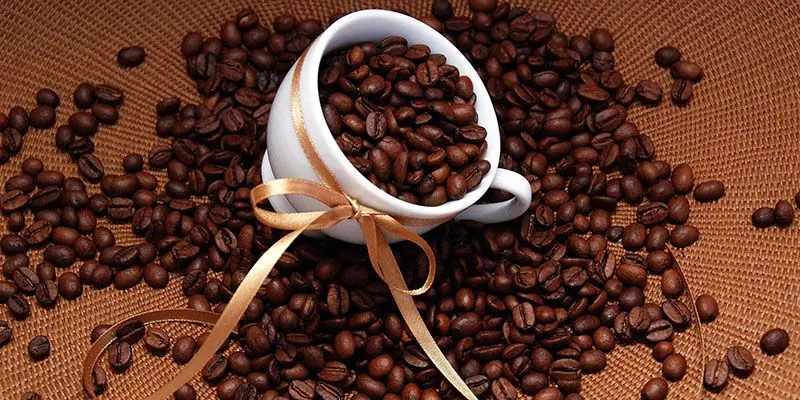
Stop Belly Fat Now: 3 Coffee Mistakes You’re Making (And How to Fix Them)

Canned Beans vs. Dried Beans: Which One is Better for Digestion and Heart Health?

5 Simple Tricks to Crush Sugar Cravings and Boost Dopamine Without Cutting Sweets

5 Common Breakfast Mistakes That Quietly Cause Weight Gain After 40
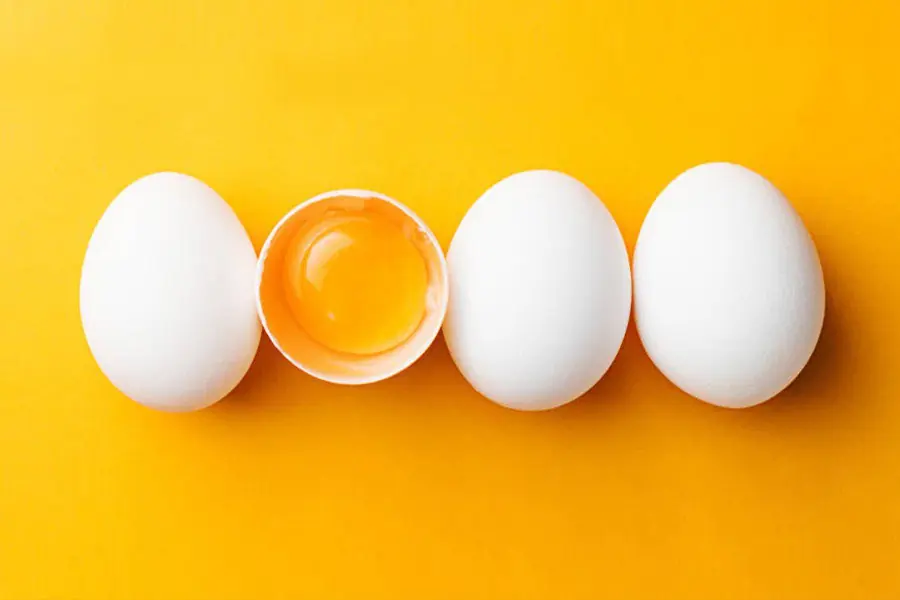
How Eating Eggs Improves Brain Health: The Benefits You Didn’t Know

The Type of Meat That Spikes Ur.ic Ac.id and Accelerates Kid.ney Failure

4 Health-Boosting Benefits of Vitamin C You Need to Know

Protect your kidneys - choose your drinks wisely! Avoid these 4 ha.rmful beverages and hydrate the right way

Reason people get strange white bumps on their lips or private parts

7 scents snakes hate: Use them around your home to keep snakes away

11 Telltale Signs That Your Dog Might Be Approaching the End of Their Life

10 signs you’re living with clogged arteries

Doctors Warn That Unusual Odors in 3 Body Areas May Signal Liv.er Damage
